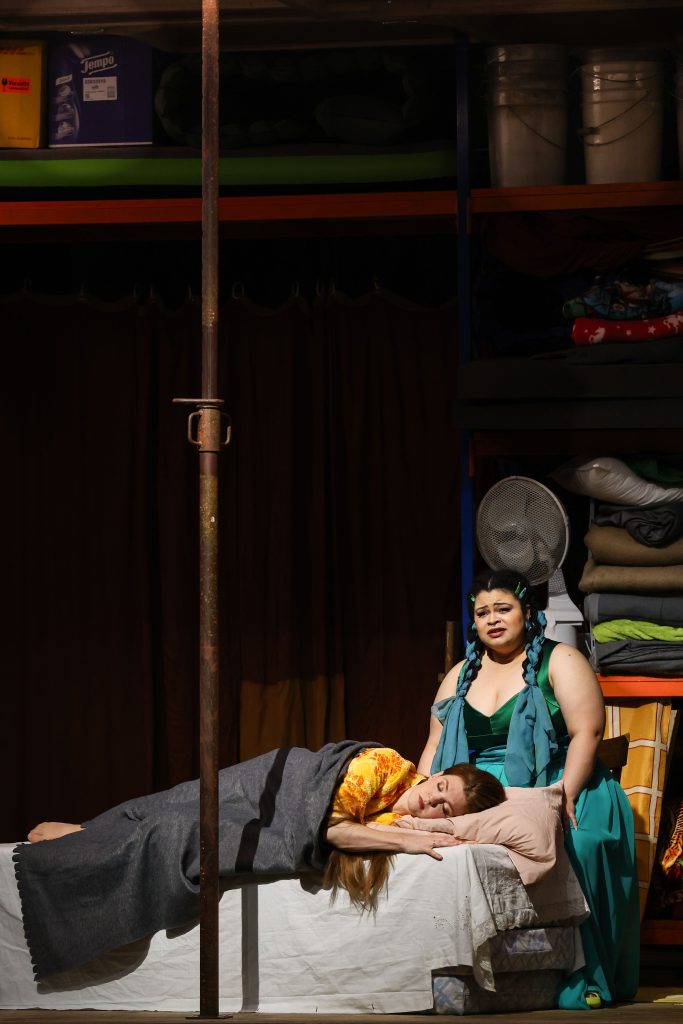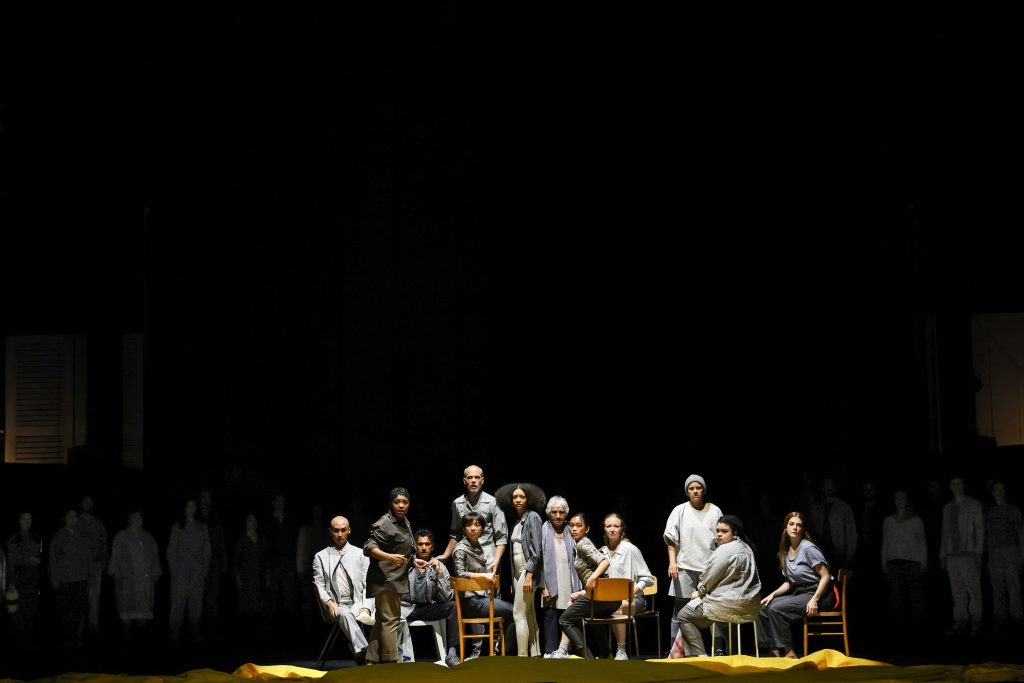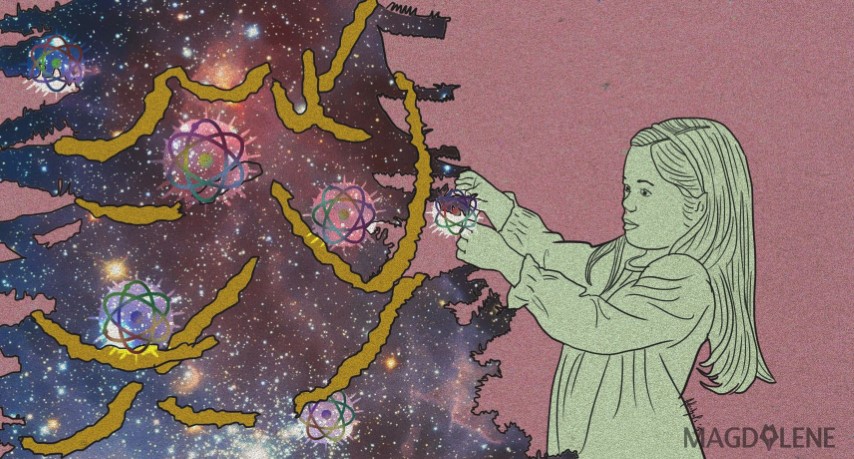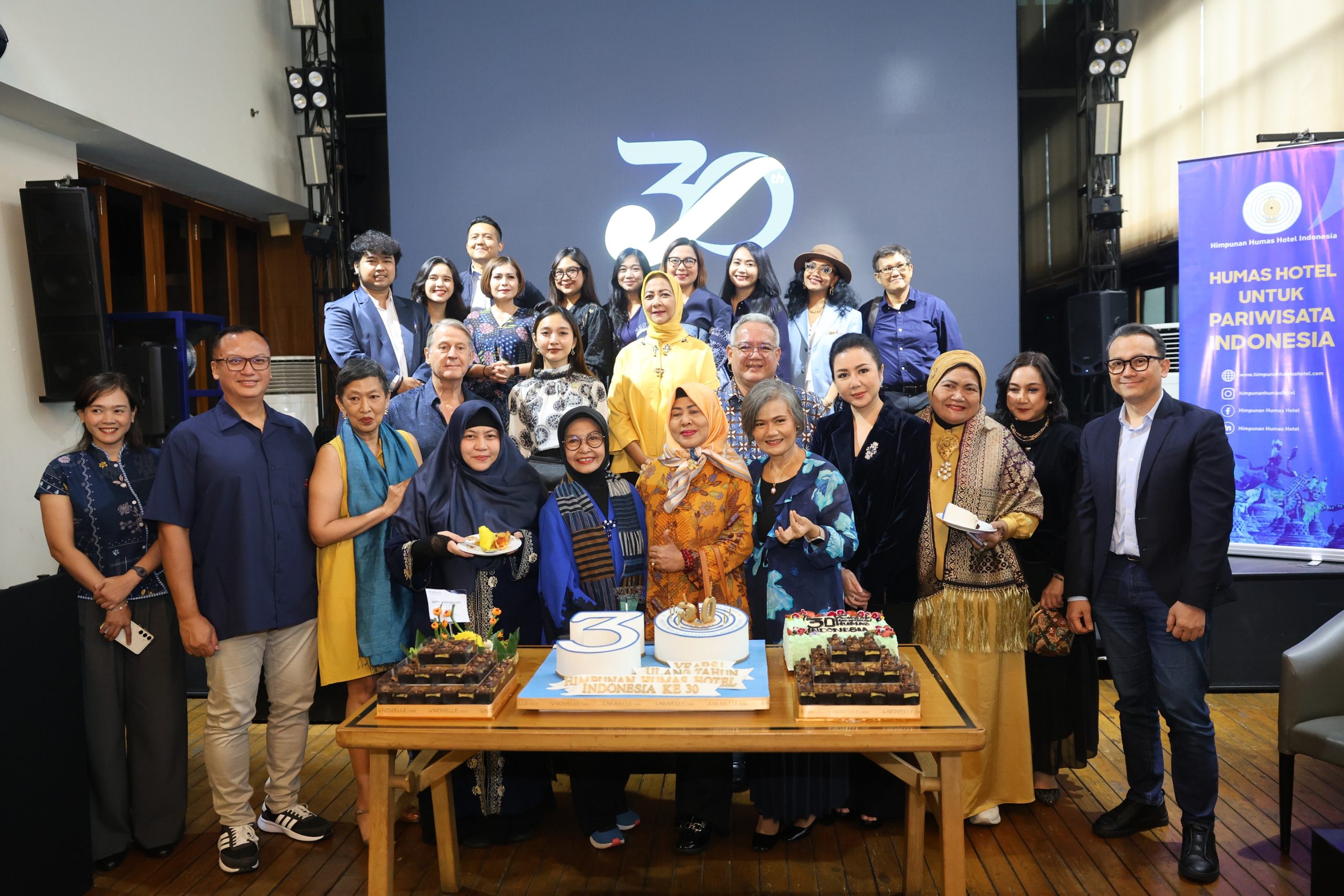Age-Old Story with Contemporary Sensitivity in Gospel According to the Other Mary

At a time when wars, extreme poverty and climate crisis make us question the direction of humanity, and when women continue to take the brunt of much of these catastrophes — in addition to still being treated as second sex in many parts of the world — the recent staging of The Gospel According to the Other Mary is a reminder of the importance of retelling history.
Staged by world renown John Adams and Peter Sellars premiered at the Wiener Festspiele in Vienna, the oratorio focuses on Mary and Martha in the Bible, two important figures at Jesus’ side, whose significance and voices are largely underplayed in the bible.
John Adams and Peter Sellars reimagine the passion story of the gospel, setting it in a contemporary and socio-political sensitivity while blending it with feministic notions that goes with the current zeitgeist.

Also read: Balinese Writer on Theatre, Community and Decolonizing English Literature
While this oratorio casts a contemporary view on biblical text and feminism, it relies on events from the New and Old Testament, interwoven with literary text and poetry by activist authors that reflect both faith and liberation. They range from 12th century German composer, writer and visionary mystic Benedictine Abbess Hildegard von Bingen; 20th century Mexican feminist poet, essayist, and diplomat Rosario Castellano; to modern-day novelist Louise Erdrich and American journalist-social activist Dorothy Day.
The opening scene sets the tone. Activist Mary has just been released from jail and is on her way back to her sister Martha, who runs a shelter for the needed, mostly unemployed and homeless women. The shelter also takes in a group of activists led by a man named Jesus who fights for equal justice. Arriving at the shelter, they all rejoice at Mary’s release, but a rumble outside puts them on the alert as a police raid tries to stem a growing uprising.
In another scene the women are arrested, no matter how they pleaded innocence, and it takes a huge deal of patience and resilience to face the harsh reality of brutal violence, and harsh intimidation. Then there is the rising of Mary and Martha’s brother Lazarus, who has been badly beaten while in custody, cared for by his two sisters before eventually dies, and who was raised by Jesus from his resting cave.

Also read: The Conversation With the Composer of “How to Make Millions Before Grandma Dies”
Dramaturg Antonio Cuenca Ruiz says the most compelling thing about the oratoria is that it humanizes sacred figures with all their hopes, anxiety and aspirations. This is evident in scenes such as the Supper of Bethany, the Meal at Passover, and the scene at Golgotha, when Jesus tears himself from the cross and chops it up with an axe.
Director Lisenko Hijboer Castanon points out that rather than just focusing on one figure or character, it’s the mix of historical and contemporary figures all existing in one space that allows for an intimate understanding and interpretation. Conductor Nicole Paiement, who specializes in contemporary music, says that although there is no direct representation of Jesus, his ultimate presence is made real through the countertenors, the chorus, and the words of Mary, Martha and Lazarus’s.

An immersive opera/oratorio of grand proportions, The Gospel According to the Other Mary is performed by over 100 actors, chorus members and dancers, among them Indonesian dance artist Adela Maharani. The opera premiered on 15 June at the Volksoper in Vienna, and is staged until the end of June.
Carla Bianpoen is an independent journalist, observer of contemporary art and culture.






















